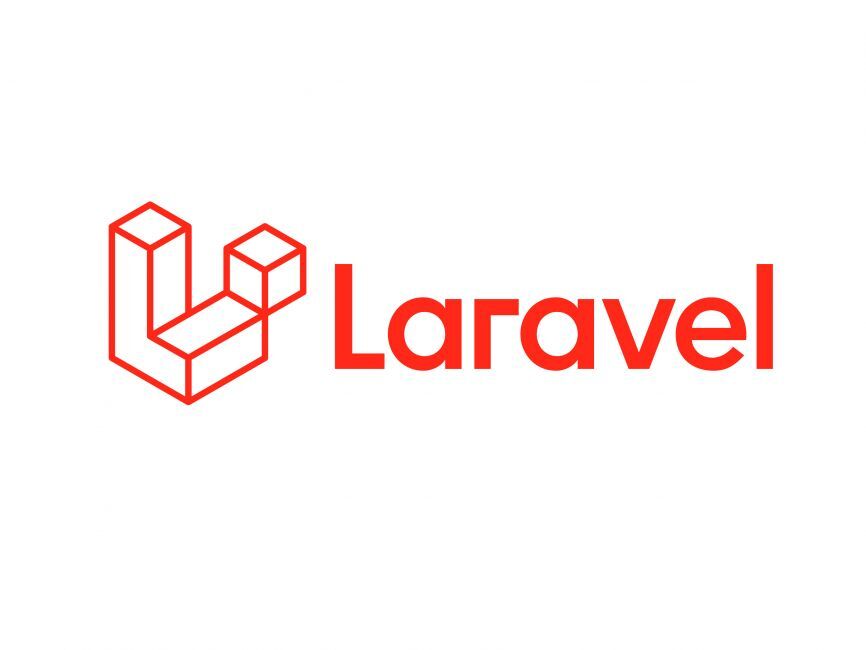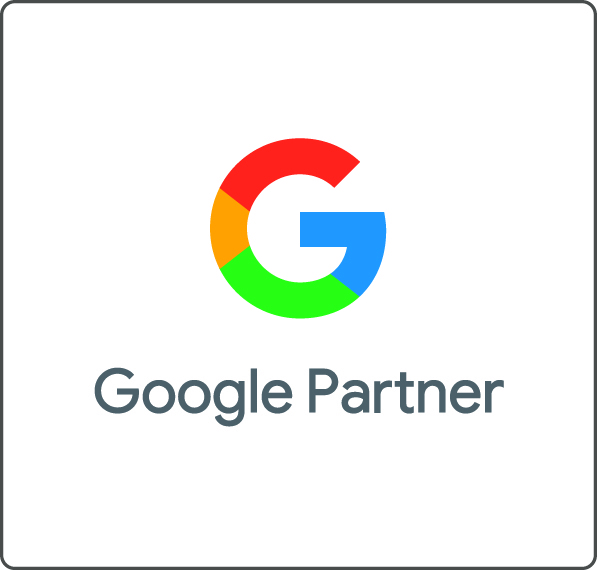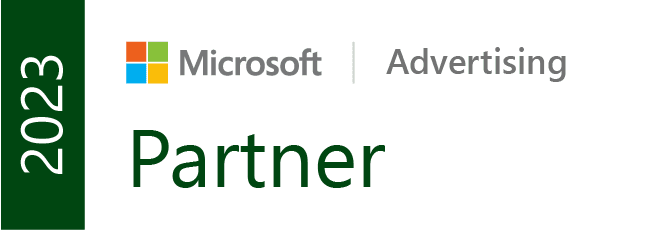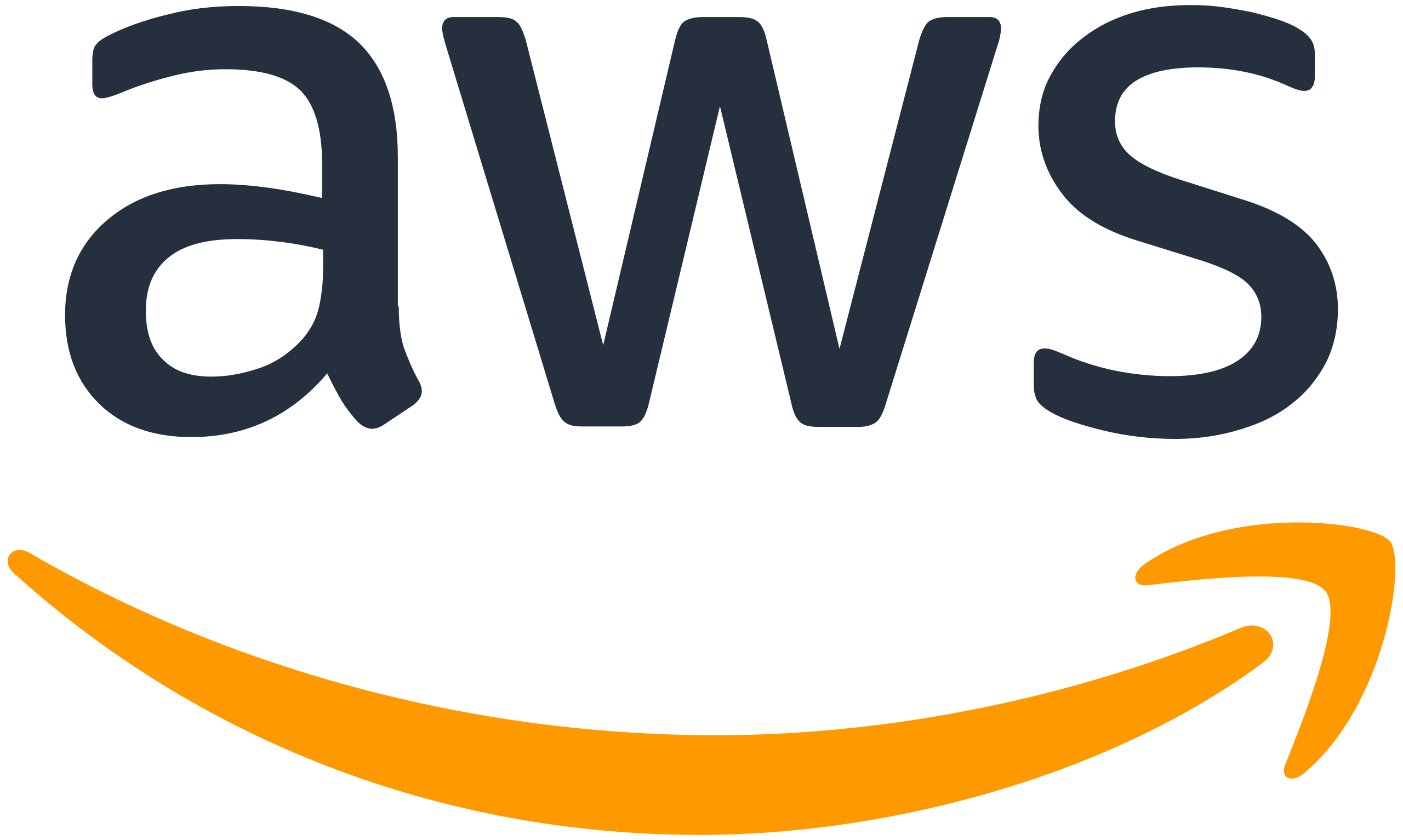Marketing your business via social media platforms such as Instagram, Twitter and Facebook is a great way to get your brand out there and reach more customers. Making the most of social media will also allow you to interact with your followers on a more personal level, helping to increase customer satisfaction and drive both leads and sales.
We have put together some top tips for advertising your business on social media and highlighted some of the reasons it is worth investing in!
Tips for promoting your business on social media
Understand your business’s goals
First things first, you need to understand your business goals before taking to social media. This will allow you to focus on what really matters and make the most out of your social media budget. Ask yourself the following questions:
- Who is my target audience?
- What is the size of my target audience?
- How would my target audience use social media?
- What do I hope to achieve through social media advertising?
- What messages am I keen to send my target audience?
- What is my budget?
Identifying your target audience and tailoring your advertisements accordingly will work to increase your ROI (return on investment). Moreover, it is important to establish what your social media budget is and understand the costs involved with advertising on social media platforms (which we will get into later!)
Determine which social media platforms will work best for you
It is crucial for you to pick the right social media platforms to advertise on in order to make the most of your budget and reach the right audience. You should consider which social media channels will suit both your customers and your business. Using a tool such as Google Analytics will give you an insight into who your customers are, where they are located and demographics such as their age and gender, as well as which social media channels they currently visit your website from organically.
You could also consider running a test campaign across several platforms to see which has a higher CTR (click-through rate), which we will cover next.

Test out campaigns
Sometimes, you just don’t know until you try...which is why testing out a series of campaigns can help you to identify the best social media platforms to use, the type of campaign you run and pin-point exactly which groups they are successful with, according to your business’s goals.
Testing platforms
Displaying your ads across different platforms will allow you to identify which is worth investing in. It’s all about understanding the different social media platforms, your audience and what your objectives are. As each platform will appeal to different demographics and serve a different purpose, it is important to understand that advertising on social media is not a one-size-fits-all situation. Here are the main social media sites you should consider running your ad campaign on and what they are good for:
One of the most popular social media platforms, Facebook is a fantastic tool for: raising awareness of your brand, engaging and reaching your audience and driving consumers to e-commerce sites which can lead to conversions...just bear in mind that you want to reach the right people.
Instagram is the ideal location for visual ads, and, like Facebook, can be particularly rewarding for e-commerce stores who invest in it. Advertising here will allow you to integrate content strategies so you can drive targeted groups to your CTA (call to action) and it can be particularly effective for engagement purposes. Just remember that Instagram will not be the appropriate tool for all demographics, so you will need to identify your audience first.
LinkedIn is best for B2B marketing opposed to B2C as it is a platform designed for businesses to interact with one another and for professionals to connect to others in their industry. Equipped with sales tools in their messaging service, LinkedIn is certainly a useful platform for advertising if you’re looking for business conversions.
YouTube
YouTube is best-known for video sharing so it is the perfect opportunity for businesses to share visual content. Moreover, YouTube is wildly popular and reaches more 18-49-year-olds than any broadcast or cable TV network...now that’s impressive! Of course, it also offers users a sense of community which businesses can tap into to promote products, services, demonstrations and reviews. There are a lot of YouTube influencers out there who also may be interested in advertising or producing a video reviewing some of your products.
Snapchat
Advertising on Snapchat can be effective for the acquisition of customers but may be more appropriate for advertising to younger demographics. Here, businesses can share visual content to advertise to audiences to encourage clicks and drive users to their site.
Another visual social media tool, Pinterest is a platform which allows users to create mood boards of their favourite things. If your ad focus is on engagement, this could be the place for you!
Twitter is another popular platform and it can be a useful tool for marketing internationally. If you want to increase your brand awareness and reach large audiences to engage with, this is a very handy tool to invest in!
Messenger
Finally, Messenger Ads has three distinct features to target your audience. You can have a destination ad, designed for users to interact with a brand by asking them questions in chat; sponsored ads, which allows you to promote yourself and send messages to users’ inboxes; and ads which appear in the home section of your messages which is designed to increase brand awareness and lead to conversions.
Testing types of campaigns
There are a range of ad campaigns to try out so you can analyse the data to determine which type of campaign is the most effective for your audience and will help you to achieve your goals.
Video
You can get really creative with video ads and use them to give a demonstration of your product/service, deliver a message and push sales. However, something to bear in mind is the timing of these videos...you don’t want to drag it out too long! There is actually a ‘5-15 second rule’ you should ideally follow, as your video ad is designed to tease your audience in order to reel them in!

Carousel
Carousel ads are very popular amongst e-commerce stores as you are able to showcase up to 10 products at a time which can both increase your ad clicks (as there’s more on offer) and be cost-effective. You can really make the most out of these ads by trying to build a narrative or spicing things up by including both videos and static images to hold onto the viewer’s interest. The image below is a screen shot of a carousel ad by John Lewis and as you can see, the dots below the image indicate that there are more products to view by swiping.

Shopping ads
These social ad posts will allow you to tag products so that it is easier for your audience to find out more if they’re interested.
Static images
Using static images is an easy way to promote one of your top-selling products or to notify users of any exclusive promotions. Make sure you get as creative as possible with this type of ad as you don’t want users to scroll straight past it! Below, you can see how Fabletics has both included a promotion and a number of angles to show off their product in one static image.

Get your timings right
The time that you display your ad will also have an impact on how successful it is at attracting those precious clicks and it will also ensure that your budget is used wisely, after all, you want your ads to be seen, right? You can take your ad campaign for a test-drive and check the analytics to identify a pattern in the timings that see the most clicks and audience engagement.
Remarket, remarket, remarket!
If you manage to attract users to your website, make sure you take advantage of the interest they have already shown in your brand. Remarketing to them may give them that extra little nudge needed to lead them to a conversion, or perhaps you want to show-off some other products that will interest them? If users sign-up to your emailing list, this is the perfect opportunity for you to remarket as they’ve already indicated that they are willing to shop with you. That said, it can sometimes be tricky to see success with these campaigns as you are targeting less users, which can of course come at a high cost. If this method of advertising doesn’t work for you, you can move onto reaching out to new users.
Create an online community
It’s not always about how many people are following your brand, you need to consider who your most loyal customers are so that you can engage with them and build your social media account around them. Having a community for your customers to engage with will increase your chances of being promoted through word of mouth and have your brand shared online. You could also look into getting an influencer on board to spread the word of your business by creating product reviews or other valuable content that can be shared.
Respond to messages promptly
It is important to respond to consumers in good time on social media to demonstrate the quality of your customer service. In research commissioned by Twitter, it was found that users of Twitter expected brands to respond to them within 1 hour...so, your social media and marketing team really do have to be ON IT.
Ensure your content is valuable
If your content isn't valuable, you risk wasting your time, effort and money. You need to really think about your consumers here, putting yourself in their shoes and asking yourself the following:
- Who is this brand and what do they offer?
- What would I like to see from this brand?’
- What don’t I know about this brand?
Trying to think from the perspective of both current and new customers will help you to build a successful social campaign - remember, social media platforms contain billions of users but your content needs to be right for the users that are most likely to interact with your business.
Create a calendar for social media posts
Planning your social media posts ahead of time and scheduling them in a calendar or CMS (content management system) will ensure that you have time to create high-quality content and prepare them for going live. Being organised with a plan in place will allow you to keep track of the content you are creating and ensure that you are regularly delivering content so that your followers do not lose interest.
Be engaging!
Interacting with your audience can go a long way on social media. You can encourage customers to get involved with your content by asking questions and running polls, commenting on other users’ posts where you’ve been mentioned and publishing compelling posts which entice your audience to click to discover more!
Keep an eye on your competitors
Looking out for any new or successful advertising techniques that your competitors have adopted can give you valuable insight on marketing. Take some time to analyse what they are doing and see if you can incorporate something similar into your own marketing strategy.
Avoid over-promoting
It is important for you to remember that people don’t use social media just to be shown advertisements, so you should take care not to over-do it! Promoting too often and being too overtly sales driven could put potential customers off. Remind yourself of who your target audience is and what their needs are, so that you can focus on creating valuable posts that will do the promoting for you!
Make the most of visual content
Getting creative with visual content such as imagery and videos works very well on social media and can grab online user’s attention. Not only is the content you post a way to communicate your brand’s personality and values, but it stands out more than a paragraph of text...which isn’t so appealing. What’s more, you can squeeze extra information into videos, which can be more interesting to watch than to read through.
What are the benefits of using social media for advertising?
It increases your visibility
Investing in social media ads is yet another way to get your brand out there and noticed! There are a wealth of opportunities to get your content read, promotions shared and new customers on board with the tools social media platforms such as Facebook have to offer.
Communication is fun and easy
Social media is a great way for businesses to connect with their customers and consumers may be more responsive to messages on social media as it is a quick and casual way to stay in touch. Research by Marketing Charts show that around one-fifth of consumers follow a brand on social media in order to communicate with them.
It can increase your traffic
Including links to your website on your social media accounts can help to increase the amount of traffic your website receives. Once visitors reach your website through these links, they may be inclined to make a purchase, or complete one of the goals that your business has created (i.e. sign up to your emailing list).
It’s engaging
According to Marketing Charts, 71% of consumers said that they will engage with a brand after following it. The use of images and videos can be an interesting way to showcase new products or services and brands who get more creative with their visual marketing could see great success!
It can increase customer loyalty
If a business is responsive and can answer both queries and complaints effectively on social media, they could improve their customer loyalty as they are perceived as trustworthy and helpful. Moreover, it is also easy for consumers to share their positive experiences with brands publicly which could encourage new customers to shop with your brand.
You can gain valuable customer insight
With social media, it is easy for brands to get direct feedback from customers so that they can continually learn and improve their business strategies. So, not only does social media serve as a useful customer feedback tool, it can also help to build relationships and better products.
You can target specific audiences
Once you have determined who your target audience is, you can use social media tools to filter who your ads are targeting instead of running a blanket campaign. For example, Facebook Ads will allow you to discover new leads by deciding who your customers are and it can then advertise your content to users who fall into those categories. You can combine targeting methods such as:
- Interests - this will target users who have previously ‘liked’ pages or products which are related to your brand. For example, if you are an e-commerce business selling vintage clothing, your ads will be targeted to users who have indicated an interest in vintage clothes and accessories.
- Location - this will target users in a particular locality, country and postcode.
- Connections - this advertises to users who have interacted with a page related to your business off of Facebook. For example, if you’re selling swimwear, you can target users who have recently purchased or researched a holiday.
- Behaviours - This form of targeting can be particularly effective and uses Facebook Pixel, which is a piece of code designed to track user’s behaviours online. For example, it will allow you to show ads to users who have already visited your site and therefore may be more likely to return. Using Facebook Pixel is a must because it will show you how well your ads are performing.
- Engagement - This is when a user likes, follows you or interacts with your posts/pages in some way.
- Demographics - This will allow you to target users of a specific gender, age or other group. There are lots of demographics you can filter through when using Facebook which will really allow you to focus on the most relevant consumers based on your goals.
With this in mind, you will need to think about the size of your target audience as this can influence the cost to buy targeted ads (which we will cover next).
What is the cost of advertising on social media?
When it comes to advertising, social media platforms such as Facebook and Instagram will have a bidding system in place where your business will bid for a particular advertising slot, therefore, there isn’t a set price for advertising. In principle, the highest bidder will win the advertisement slot, but this is not always the case as there is no guarantee that the social media platform will accept the proposed advertisement. That said, the average cost per click for Facebook advertising in the UK is £0.78 and for Instagram, it can be up to approximately £2 per click. The quality and engagement of your ad will go some way to lower the price you may have to pay (a bit like Google and its Quality Score).
This is why it is important to determine your budget and target audience so that you can make the most out of your social media platforms. Of course, the cost of your advertising will depend on several factors, including the size of the audience that your ads are targeting. For example, the cost of targeted ads for smaller, more specific audiences can be more expensive as they are considered a premium. That said, the response rates of these definitive groups can be higher, as the ads are relevant and more likely to influence their audience - this is great news for your business as it can have a positive ROI.
A final note on advertising your business on social media
Hopefully, these top tips for successfully using social media to advertise your business have given you some inspiration to improve your current social ad strategy...or even to try social media out for the first time! You can find out more about social ads for e-commerce websites or take a look at our social media advertising services to see how we can get your brand noticed!





